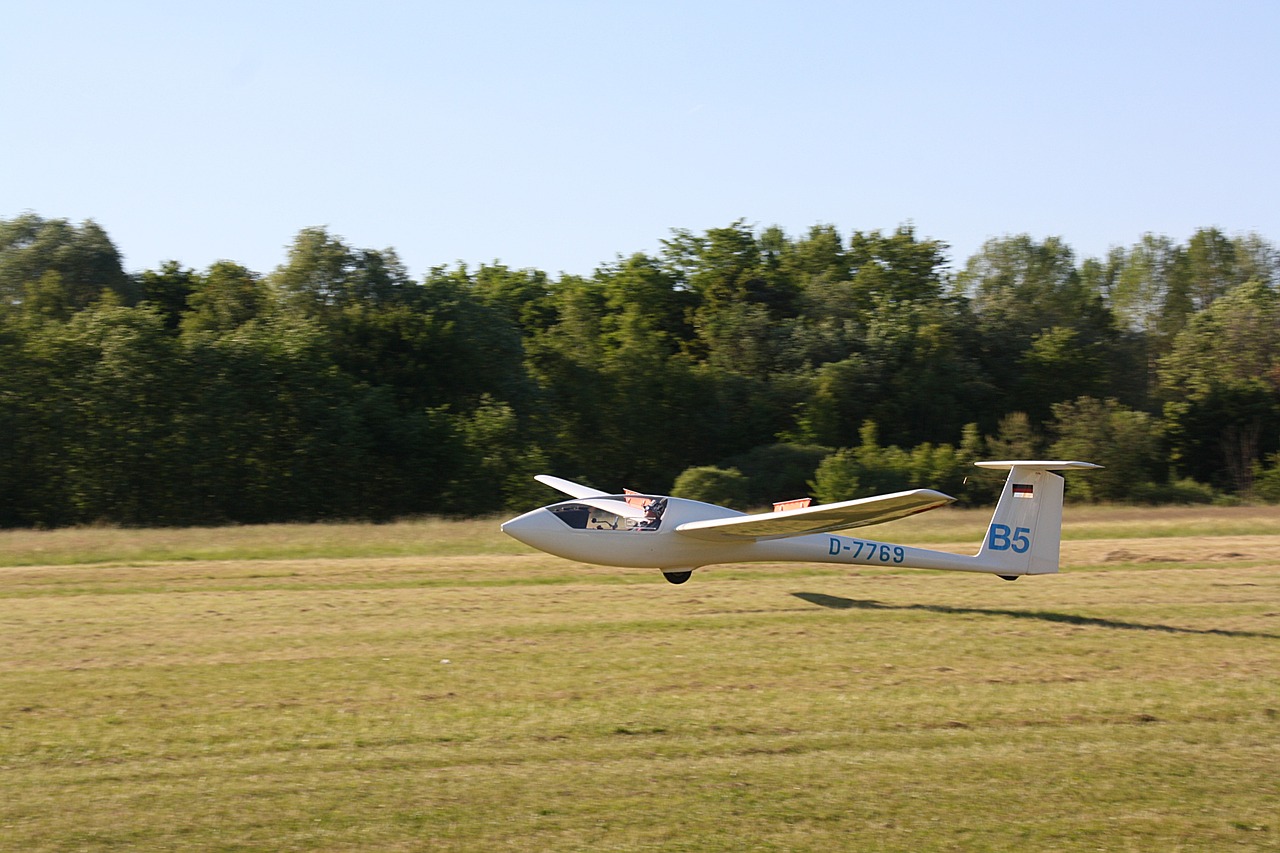The Impact of Ground Dimensions on Cricket Strategy and Performance
betbook250.com, 11xplay, yolo 247:Cricket is a sport that is heavily influenced by the dimensions of the ground on which it is played. The size and shape of the playing area can have a significant impact on both strategy and performance. In this article, we will delve into how ground dimensions affect cricket and why they are important to consider.
1. Impact on Batting Strategy
The size of the cricket ground can have a major impact on batting strategy. A smaller ground with shorter boundaries encourages aggressive shot-making and can result in higher scoring games. On the other hand, a larger ground with longer boundaries may require batsmen to focus more on placement and running between wickets to score runs. Understanding the dimensions of the ground allows batsmen to tailor their game plan accordingly.
2. Field Placement
Field placements in cricket are designed to take advantage of the size and shape of the ground. A captain may position fielders in specific areas of the field to cut off boundaries or create catching opportunities based on the dimensions of the ground. Fielding strategies can vary greatly depending on the size of the ground, making it crucial for captains to assess the playing area before setting their field.
3. Bowler Tactics
Bowlers also need to adapt their tactics based on the ground dimensions. A smaller ground may necessitate a more defensive bowling approach to prevent boundaries, while a larger ground may allow bowlers to be more aggressive in attacking the stumps. The size of the playing area can dictate the line and length of deliveries, as well as the types of deliveries bowlers choose to bowl.
4. Impact on Spinners
Spin bowlers, in particular, are affected by the dimensions of the ground. A larger ground provides more room for spinners to flight the ball and generate turn, making it harder for batsmen to score freely. Conversely, a smaller ground may limit the effectiveness of spinners as batsmen can easily clear the boundaries. Understanding how ground dimensions impact spin bowling is essential for captains when setting their field placements.
5. Running Between Wickets
The size of the ground also influences running between wickets. Batsmen need to judge the distance accurately to complete runs and rotate the strike effectively. A larger ground may require batsmen to push harder for quick singles, whereas a smaller ground may result in more boundaries being hit, reducing the need for running between wickets.
6. Conclusion
In conclusion, ground dimensions play a crucial role in shaping cricket strategy and performance. Understanding the size and shape of the playing area allows players to tailor their game plans accordingly, whether it be in batting, bowling, fielding, or running between wickets. Captains and coaches must consider ground dimensions when devising tactics to gain a competitive advantage on the field.
FAQs
Q: How do ground dimensions impact fielding strategies in cricket?
A: Ground dimensions influence field placements, with captains positioning fielders based on the size and shape of the playing area to cut off boundaries or create catching opportunities.
Q: Why is it important for batsmen to consider ground dimensions in cricket?
A: Batsmen need to adapt their game plan based on the size of the ground, with smaller grounds encouraging aggressive shot-making and larger grounds requiring more focus on placement and running between wickets.
Q: How do ground dimensions affect spin bowling in cricket?
A: The size of the ground influences spin bowlers, with larger grounds providing more room for spinners to flight the ball and generate turn, and smaller grounds limiting the effectiveness of spin bowling.







